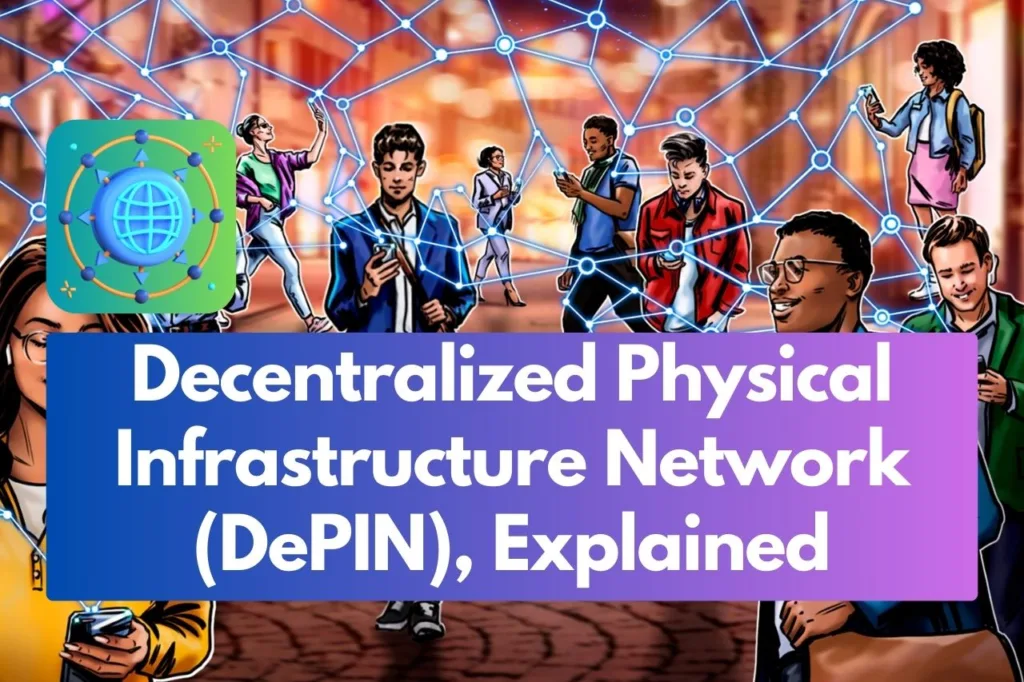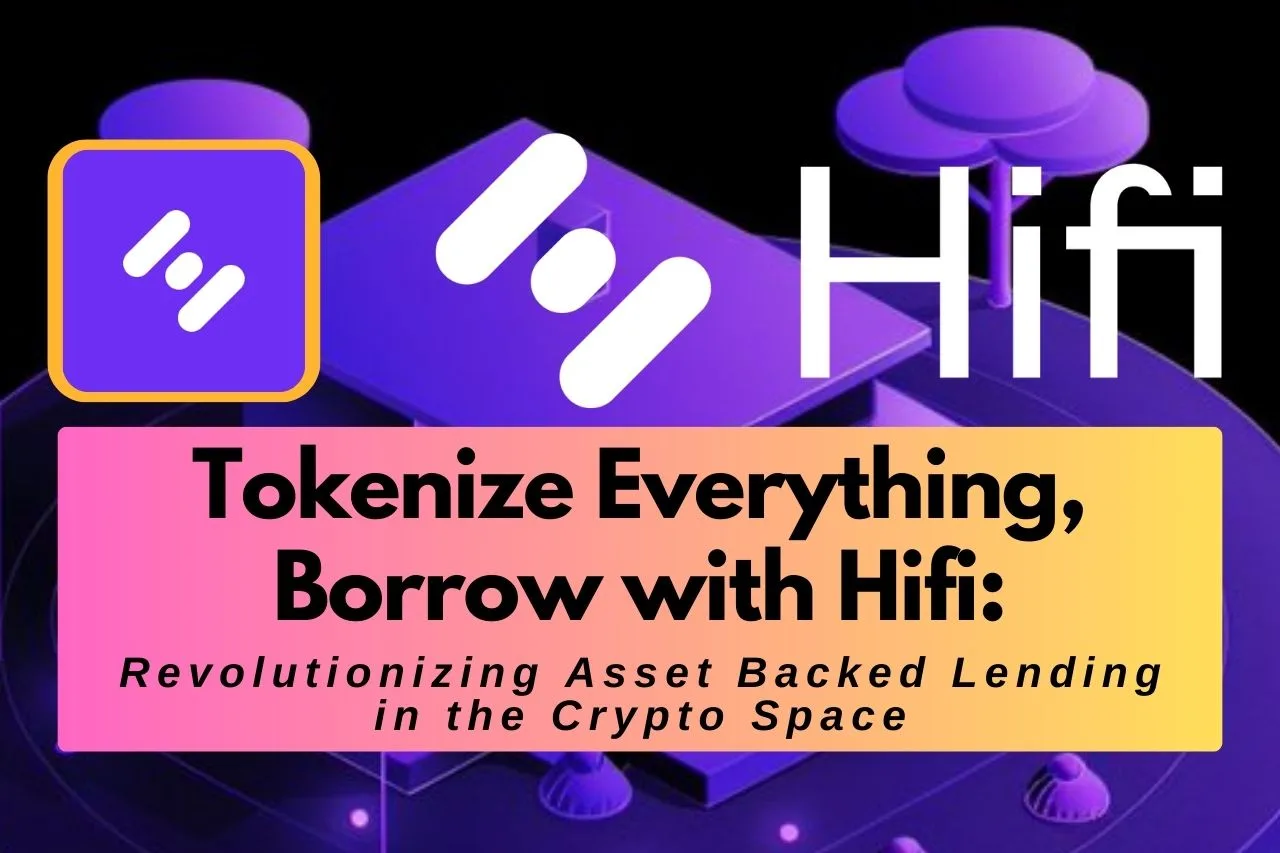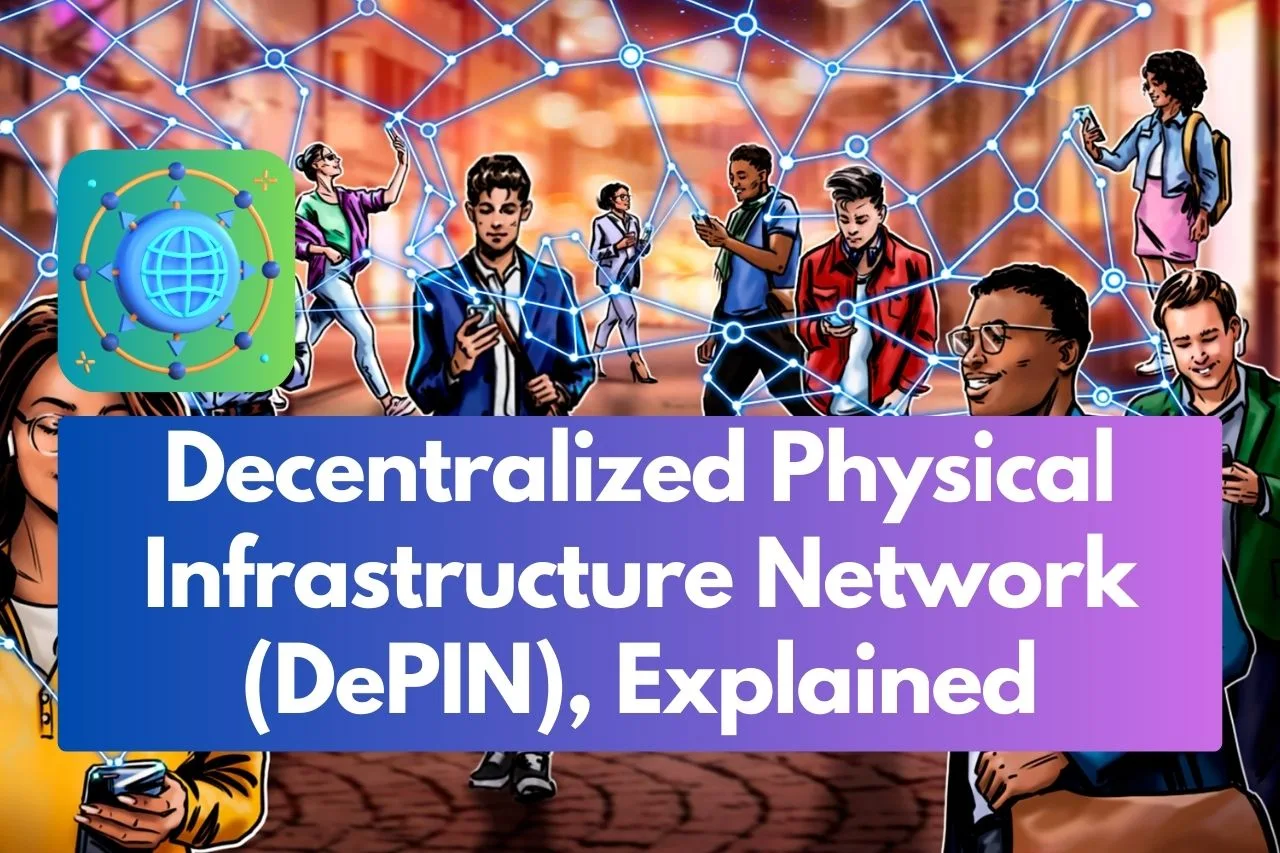
What Does DePIN Mean?
Decentralized Physical Infrastructure Networks (DePIN) represent a groundbreaking application of blockchain technology and decentralization principles to tangible, real-world infrastructure and systems. In essence, DePINs leverage the power of distributed ledger technology to revolutionize how physical assets are managed, controlled, and accessed.
Origin and Evolution of DePINs
The concept of DePINs emerged from the ongoing exploration of blockchain technology’s potential beyond its initial applications in digital currencies like Bitcoin. Pioneering projects such as Power Ledger and OpenBazaar laid the groundwork by demonstrating how blockchain could decentralize traditional sectors like energy distribution and e-commerce.
For example, Power Ledger empowered individuals to trade excess energy generated from renewable sources directly with others in their community, fostering a more efficient and sustainable energy ecosystem. Similarly, OpenBazaar facilitated peer-to-peer transactions, eliminating intermediaries and enabling direct commerce between buyers and sellers.
As these early initiatives gained traction, new projects emerged, expanding the scope of DePINs across various domains. Helium, for instance, utilized blockchain technology to create a decentralized wireless network, allowing individuals to earn rewards for providing coverage and connectivity. Additionally, projects like Render introduced decentralized cloud computing platforms, offering scalable and cost-effective infrastructure to developers and businesses.
How Do DePINs Work?
DePINs operate by decentralizing authority and management across a network, rather than centralizing control within a single entity or organization. These networks encompass a wide range of domains, including energy systems, supply chains, telecommunications, data storage, transportation, and real estate.
Consider a DePIN application in the energy industry, such as a decentralized energy grid. In this scenario, individual solar-powered homes can produce their own electricity and sell excess energy directly to the grid or neighboring households, bypassing traditional utility providers. Every transaction, whether it involves energy production, consumption, or sale, is recorded on a blockchain, ensuring transparency and trust between parties. Smart contracts, self-executing agreements coded on the blockchain, automate transactions based on predefined conditions, ensuring efficiency and reliability in energy distribution.
Moreover, DePINs promote the utilization of renewable energy sources by incentivizing individuals to participate in decentralized energy systems. By democratizing energy production and distribution, DePINs empower individuals to become both producers and consumers of energy, fostering a more equitable and sustainable energy landscape.
Real-Life Examples of DePIN Applications
Supply Chain Management:
DePINs can revolutionize supply chain management by providing immutable records of product provenance and authenticity. For instance, a DePIN-based supply chain solution could track the journey of a product from manufacturing to delivery, ensuring transparency and traceability at every step.
Peer-to-Peer Energy Trading:
In the energy sector, DePINs enable peer-to-peer energy trading, allowing individuals to buy and sell excess energy directly with others in their community. Projects like Power Ledger have already demonstrated the feasibility and benefits of decentralized energy trading, empowering consumers and promoting renewable energy adoption.
Decentralized Cloud Computing:
DePINs can disrupt traditional cloud computing services by offering decentralized alternatives that leverage idle computing resources from individual providers. Platforms like Render provide scalable and cost-effective cloud infrastructure, decentralizing computational resources and reducing reliance on centralized providers.
Real Estate Transactions:
DePINs can streamline real estate transactions by facilitating peer-to-peer property transactions through blockchain technology. Smart contracts can automate processes such as property transfers, escrow agreements, and title deeds, reducing the need for intermediaries and expediting the transaction process.
Challenges and Opportunities
While DePINs hold immense potential to transform various industries, they also face significant challenges that must be addressed for widespread adoption. Regulatory hurdles, scalability limitations, interoperability issues, and security concerns pose formidable obstacles, particularly in highly regulated sectors like telecommunications.
However, despite these challenges, the opportunities presented by DePINs are vast. By promoting decentralization, resilience, and sustainability, DePINs have the potential to democratize access to essential resources, empower individuals, and drive innovation across various sectors.
Conclusion
In conclusion, DePINs represent a paradigm shift in how we conceptualize and interact with physical infrastructure. By leveraging blockchain technology and decentralization principles, DePINs offer a transformative vision for a more equitable, efficient, and sustainable future. With ongoing technological innovation, regulatory support, and collaborative efforts among stakeholders, DePINs have the power to reshape industries, empower communities, and usher in a new era of decentralized infrastructure.



